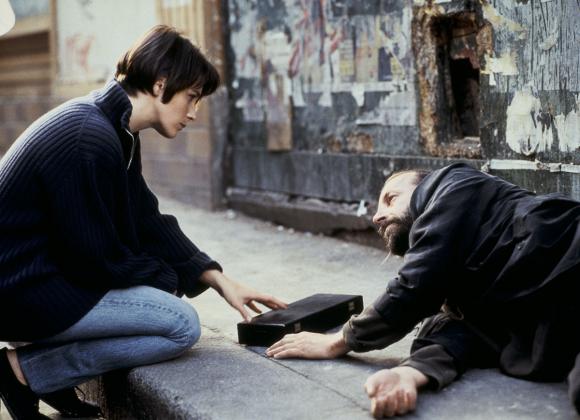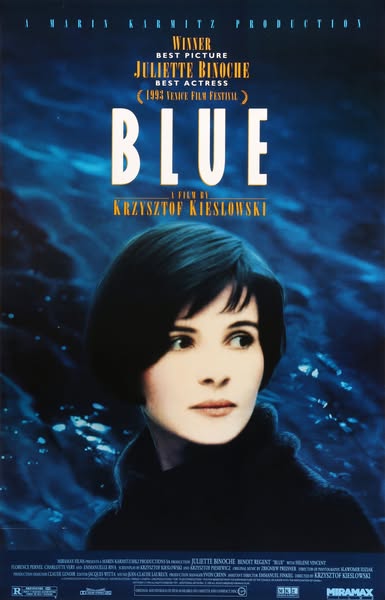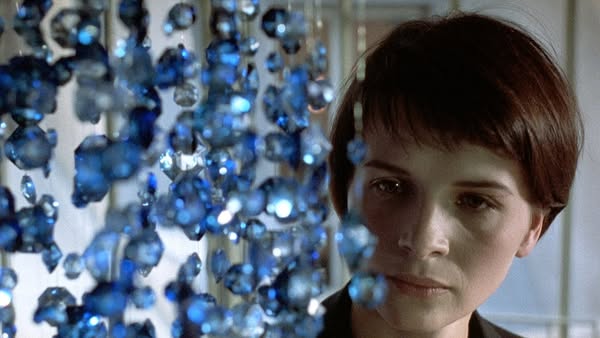Three Colors: Blue (1993)

Three Colors: Blue (1993), directed by Krzysztof Kieślowski, is a poignant exploration of grief, freedom, and the search for identity, serving as the first installment in his acclaimed “Three Colors” trilogy. The film is a masterful blend of visual poetry and emotional depth, encapsulating the themes of liberty, as represented by the blue of the French flag, while delving into the complexities of human emotion and connection.
The narrative centers on Julie (Juliette Binoche), a woman whose life is shattered following the tragic death of her husband and child in a car accident. As she grapples with her overwhelming grief, Julie seeks to sever her ties to her past, moving into a new apartment and attempting to erase her former life. Her journey unfolds in a series of introspective moments, marked by a profound sense of loss and isolation.

Kieślowski’s direction is characterized by a meticulous attention to detail and a contemplative pacing that allows viewers to immerse themselves in Julie’s emotional landscape. The film’s cinematography, handled by Sławomir Idziak, employs a rich color palette dominated by shades of blue, which not only symbolize Julie’s emotional state but also enhance the film’s overall aesthetic. The use of light and shadow, combined with striking compositions, creates a visceral experience that resonates with the audience on multiple levels.

Juliette Binoche delivers a stunning performance, capturing the character’s internal struggle with remarkable nuance. Her portrayal of grief is both raw and delicate, revealing the complexities of mourning and the challenge of moving forward. The supporting cast, including Benoît Régent and Charlotte Véry, adds depth to the narrative, reflecting the various ways in which grief and connection manifest in human relationships.
The film’s score, composed by Zbigniew Preisner, is hauntingly beautiful, weaving together themes of loss and memory. The music plays a crucial role in shaping the film’s emotional tone, enhancing key moments and deepening the viewer’s engagement with Julie’s journey.

Three Colors: Blue explores the idea of liberation—not only from the past but also from the constraints of emotional dependency. Julie’s struggle to reclaim her identity amidst her grief serves as a powerful commentary on the human condition, highlighting the delicate balance between solitude and connection.
In summary, Three Colors: Blue is a cinematic masterpiece that transcends traditional storytelling. Through its evocative visuals, haunting score, and profound performances, it invites viewers to reflect on the intricacies of love, loss, and the quest for freedom. Kieślowski’s film remains a timeless exploration of the human experience, solidifying its place as a landmark in world cinema and a poignant meditation on the complexities of life.











